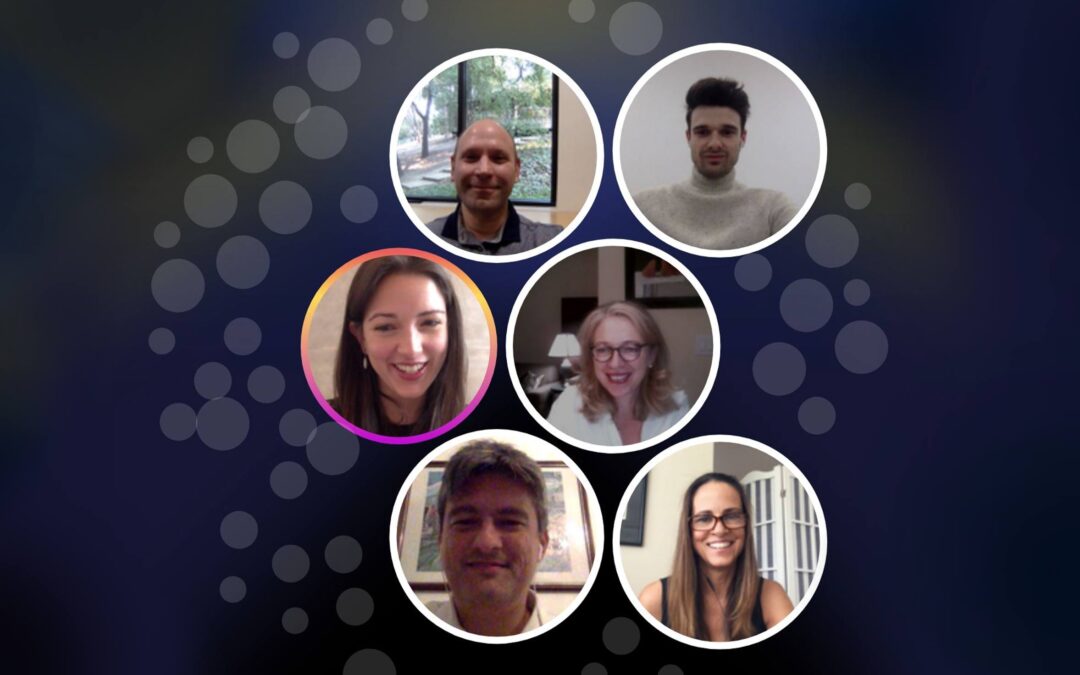Shrinking the gap between digital haves and have-nots
At SocioFabrica, we’re interested in the intersection of technology, strategy, and creativity—particularly as it applies to social impact ventures. Covid-19 has shown us the stark contrast of the digital divide and left people further behind who don’t have access to high speed internet or internet-enabled devices. Earlier this month, I moderated a panel, Awakening to a Digital World, which delved into this issue in depth. This panel was part of the Horasis Extraordinary meeting that commemorated the 75th anniversary of the founding of the United Nations. These are the key takeaways I got from the productive discussion with thought leaders from around the world.
Widespread problem
In the U.S. 44% of households with incomes under $30,000 do not have access to broadband internet. Students in rural areas have fewer options than their urban counterparts to connect to mobile hotspots and cellular service from their homes, which forces them to roam their towns looking for open wifi networks. And immigrant households have been disproportionately affected by the digital divide.
Although rural, low income, and immigrant households seem to be the most vulnerable to falling behind regarding digital access, there are other groups affected, like older adults. Only half of older adults have internet access, and many lack an understanding of how to use technology. One barrier to solving this problem is a misconception that older adults aren’t able to learn the necessary skills to get online.
In a pandemic, without internet access, you’re essentially cut off from the rest of society. The digital divide is exacerbating disparities in the U.S. and Covid-19 threw fuel on that fire. This became obvious beginning in March when certain jobs allowed people to retreat to the safety of their homes and telecommute while other workers had to show up to their typically lower-wage jobs in person.
How can we solve it?
There is a dire need for programs that provide affordable and robust internet to all households in the U.S. Additionally, access to internet-enabled devices should be boosted, along with digital literacy training and education. High quality technical support within communities should be considered an essential service.
Governments and private industry need to work together to solve these issues. Ideally, the telecommunications infrastructure would be regulated like other basic utilities such as water, but currently it is not. Some companies are jumping in to fill the gap, like Google’s Fiber program and SpaceX’s satellites. Most of these private companies also have their own agendas, benefiting from having a larger user base, which can grow by expanding internet access.
During Covid-19, there has been a spike in online education, which has led to innovation and development to get access to people in need, but this has been reactionary and more needs to be done. For example, how can we offer more technical training to the people who most need it? How can we retrain workers who have lost their jobs and whose jobs are likely never coming back? Boundaries were demolished in March when schools went virtual, creating huge opportunities for new tactics of learning.
We need to do what we can in our own sphere of influence, and together we can cooperate to solve this type of global problem. The next generation needs to be able to interact globally. Let’s start at the municipal level and then be able to reach out to the rest of the world.

